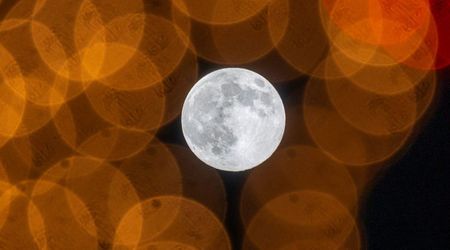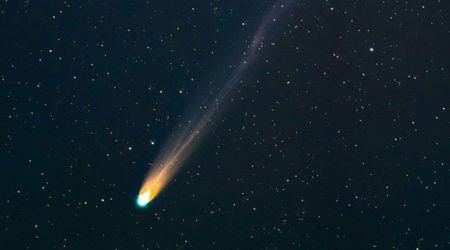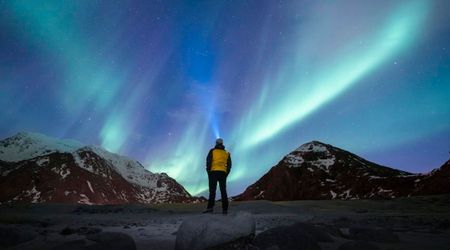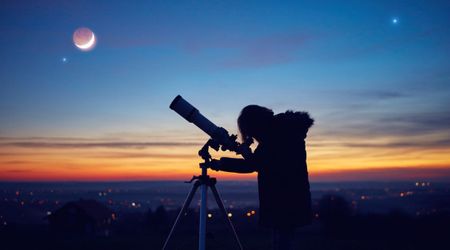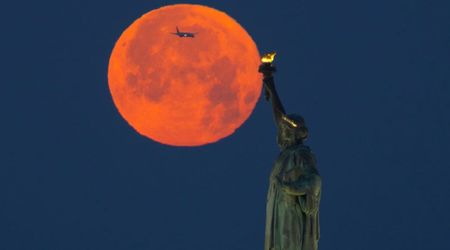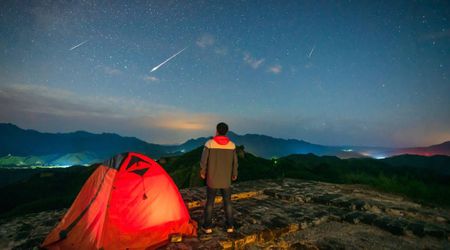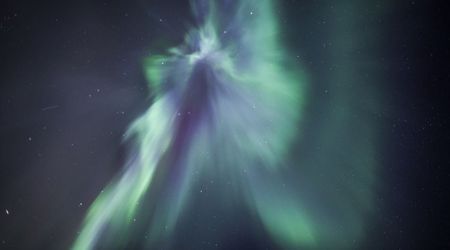Sturgeon Moon 2025: When and how to watch the full moon in August
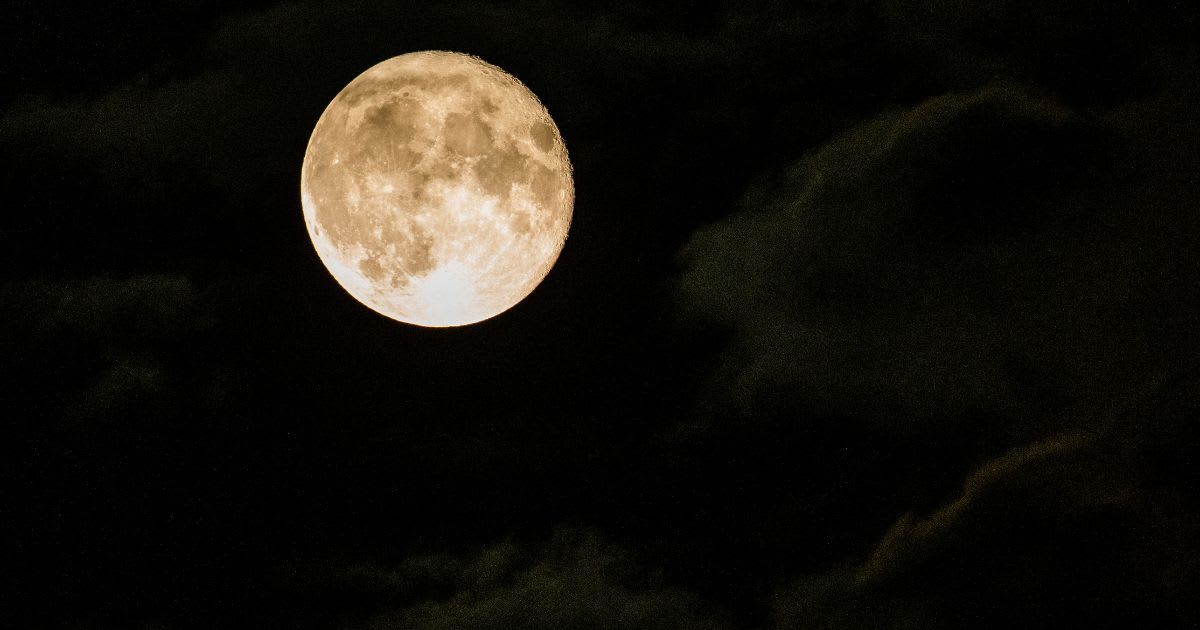
The full lunar display for August 2025, known as the Sturgeon Moon, will reach its zenith on Saturday, August 9, at 07:54 UTC (3:54 a.m. ET). However, the Moon always appears full in the days leading up to and following its peak illumination. This full phase is unique as the Moon remains visible throughout the entire night, with its rise and set coinciding approximately with sunset and sunrise, as per Timeanddate.com. For optimal viewing, observers are advised to turn their gaze skyward on the evening of Friday, August 8, to witness the impressive summer Full Moon, as per Almanac.

The moniker "Sturgeon Moon" originates from the historical abundance of sturgeon fish in the Great Lakes region of North America during this specific time of year. Among the various species, the lake sturgeon stands out. Renowned for its remarkable longevity, male sturgeon can live up to 55 years, while females can astoundingly reach ages of up to 150 years. According to Timeanddate.com, this formidable fish also holds the distinction of being the American continent's largest freshwater species, with individuals capable of exceeding two meters (6 feet) in length and weighing approximately 200 pounds (90 kilograms). Historically, the lake sturgeon held significant cultural importance for Native American tribes inhabiting the Great Lakes area, which boasts the world's largest surface freshwater system. It remains the oldest and largest native fish species within this vital ecosystem.
Beyond its most common designation, August's Full Moon is recognized by a variety of other names across different Indigenous cultures. These alternative names often reflect significant seasonal changes and natural phenomena pertinent to the respective communities. For instance, the Cree people refer to this lunar period as Flying Up Moon, a term that vividly describes the time when young birds are poised to take their inaugural flights. This nomenclature highlights a crucial development stage in the avian world, as mentioned in the Almanac.

Agricultural cycles are evident in other names: the Algonquin and Ojibwe peoples, respectively, call it the Corn Moon and the Harvest Moon, while the Anishinaabe use the Ricing Moon. All three designations underscore the critical importance of gathering maturing crops during this specific time of the year. Similarly, the Assiniboine people's names for this period, Black Cherries Moon, directly reference the ripening of chokecherries, a key seasonal food source. Finally, the Tlingit people of the Pacific Northwest traditionally use the name Mountain Shadows Moon. This name speaks to the changing light and the appearance of prominent mountain shadows as the season progresses, indicating a distinct visual characteristic of the landscape during this lunar phase.

Beyond the prominent Sturgeon Moon, August presents several other opportunities for sky gazers. The nights around August 23 are particularly ideal for stargazing, as a new Moon will occur, plunging the sky into complete darkness, as per Catalunya. This absence of lunar light creates optimal conditions for spotting meteors, including those from the Perseid meteor shower. While the Perseids are set to peak on August 12, the Moon's significant brightness at that time will slightly hinder visibility. Following August 9, the next Full Moon will grace the sky on September 7, known as the Corn Moon. However, if you wish to witness another Sturgeon Moon, you'll need to wait until August 28, 2026.
